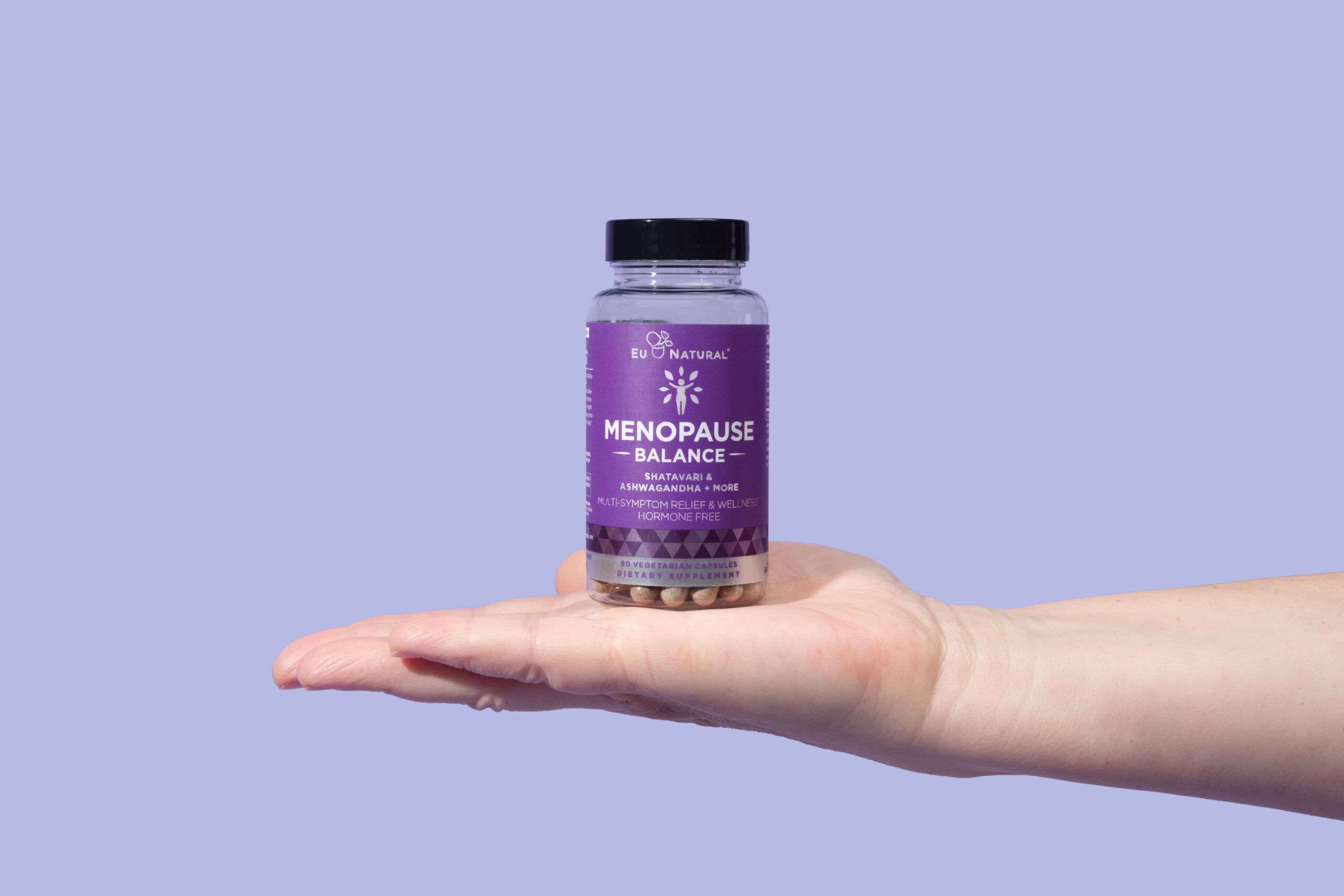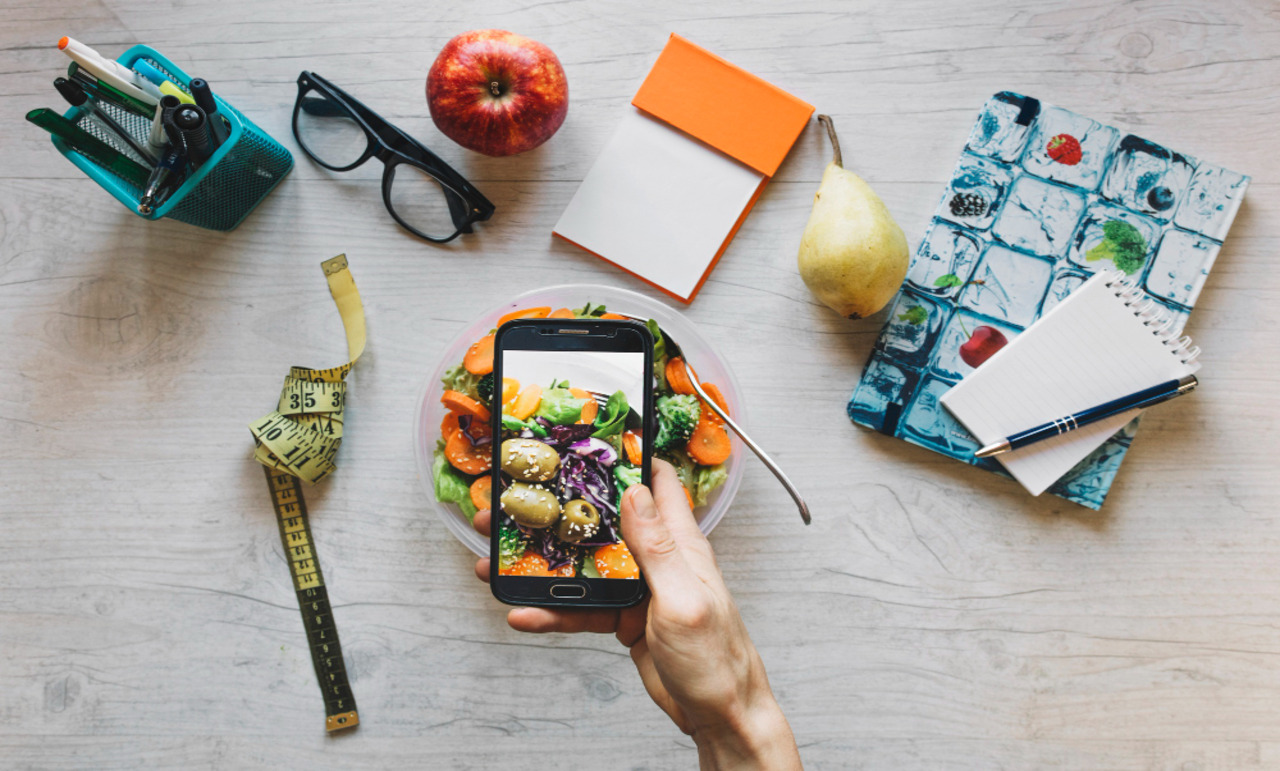So you managed to avoid taking home that pint of ice cream in the grocery store, and you passed up that glazed donut in the break room. You might have even opted for a salad at lunch instead of that greasy cheeseburger calling your name in a devilish voice. Congratulations! You’re making healthier choices and if you keep making them, you might even drop a few pounds in the process. But if you’re really going to commit to healthier eating habits, you need to do your homework. Just because certain foods appear to be diet-friendly, looks can be deceiving. We rounded up some of the most surprising stealth calorie-packed snacks that can derail your weight loss plans despite your best intentions. Here are 8 foods you should avoid if you’re looking to slim down.
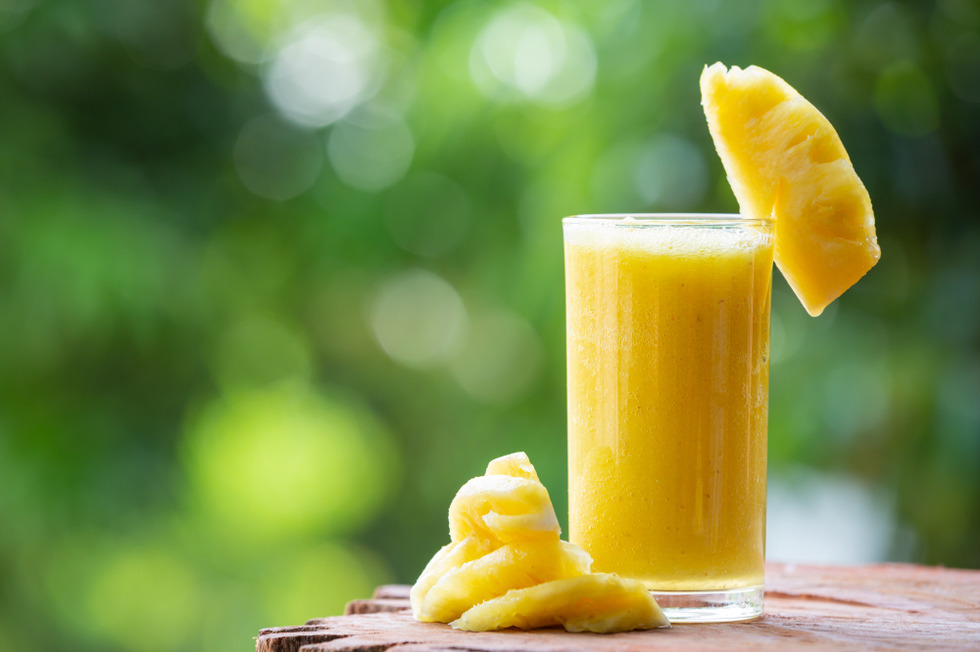 Pixabay
Pixabay
Fruit Juice
Most store-bought fruit juices are loaded with added sugar as well as processed ingredients that hinder weight loss. Even the most natural juices are lacking the crucial fiber in the fruits they’re derived from—so you get all that fructose in an orange without the same feeling of fullness you might get from eating one whole. And that means it’s harder to control your portions. “Even 100 percent juice is just empty calories and another blood sugar spike,” Rachel Harvest, a registered dietitian affiliated with Tournesol Wellness in New York, tells Cosmopolitan. For the most part, fruit juices can be just as problematic as other sugary drinks. In fact, there are more calories in 12 ounces of apple juice (165) than in the same amount of Coke (140). “Instead of juice, eat your fruit whole,” suggests Healthline’s nutrition expert Kris Gunnars. “That way, you also get all the fiber, antioxidants, vitamins and minerals found naturally in the fruit.”
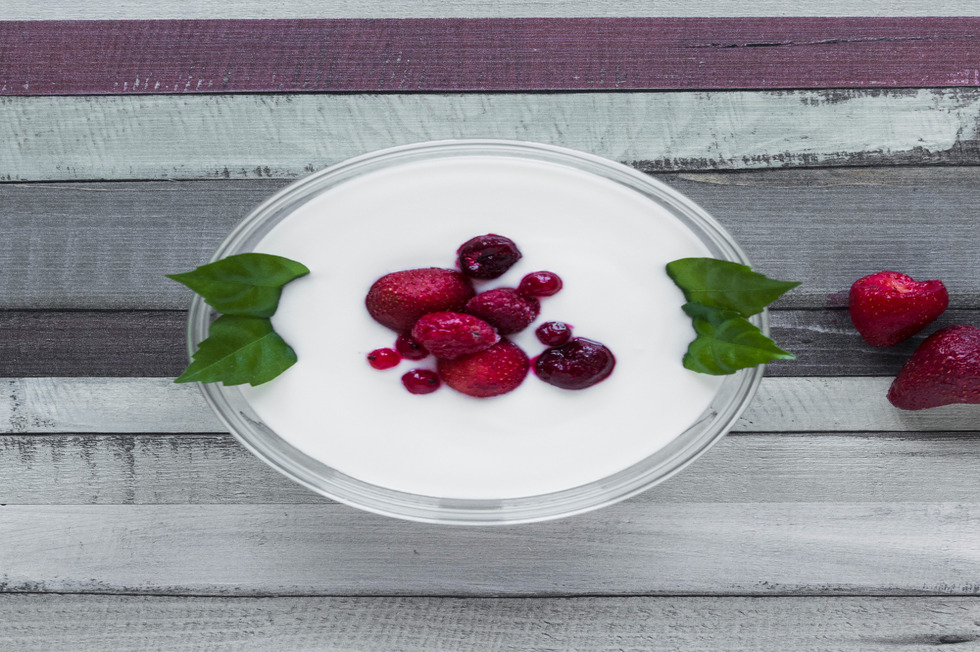 Pixabay
Pixabay
Fat-Free Flavored Yogurt
Many low-fat and fat-free yogurts are actually higher in sugar to make up for the lost fat. That means more empty calories and less fullness, which healthy fats can produce. While plain yogurt may help with weight loss “by “increasing levels of the fullness hormones GLP-1 and PYY,” according to Healthline, flavored, sweetened yogurts are often loaded with sugar even when labeled “fat free.” Always read the nutrition info before you decide on yogurt and make sure that the amount of sugar is lower than the amount of protein in each cup.
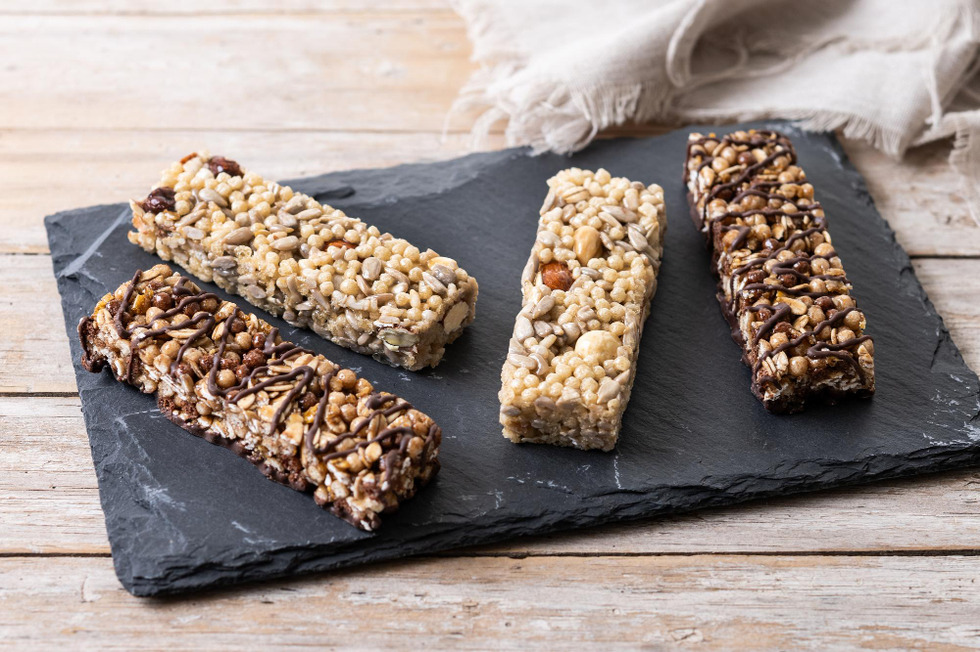 Pixabay
Pixabay
Protein Bars
Beware the yummy, gooey candy snack masquerading as a healthy protein bar. It could hamper all your hard work. “Most protein bars on the market are sugar bombs not much healthier than a Snickers bar,” nutritionist Trudy Stone tells Reader’s Digest. “They can also contain a lot of carbohydrates as well which can send your blood sugar soaring. Some also contain artificial additives such as trans fat and high-fructose corn syrup, both that have been linked with inflammation and obesity.”
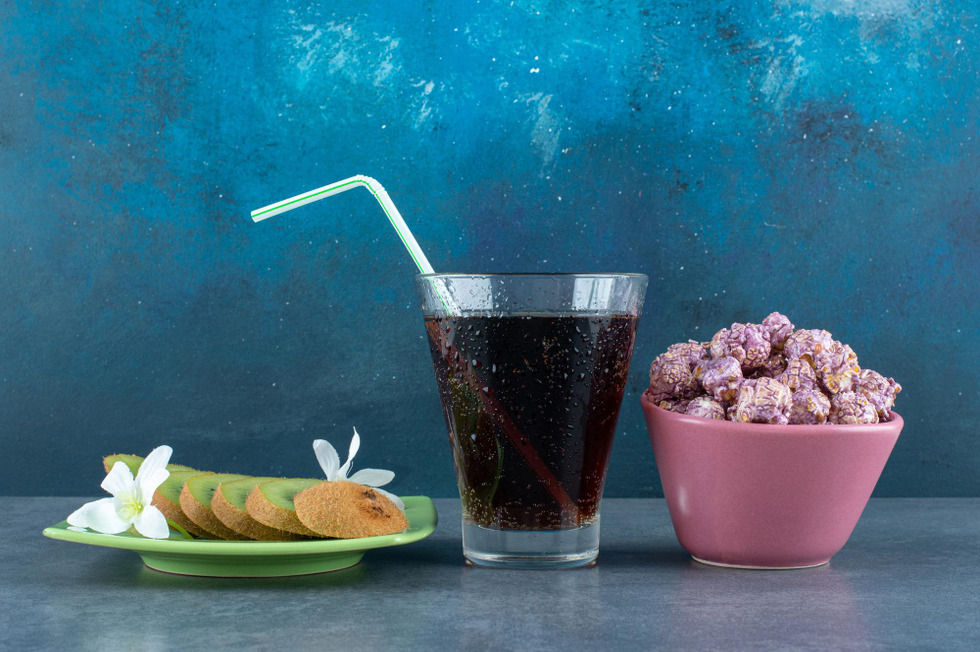 Pixabay
Pixabay
Diet Soda
Just because soda is low in calories, that doesn’t mean it’s not fattening. Studies have shown that high-fructose corn syrup found in many diet drinks are just as likely to cause weight gain as regular sugar-packed sodas. “Some people have claimed that high-fructose corn syrup is no different than other sweeteners when it comes to weight gain and obesity, but our results make it clear that this just isn’t true, at least under the conditions of our tests,” states Princeton psychology professor Bart Hoebel, who specializes in the neuroscience of appetite, weight and sugar addiction. “When rats are drinking high-fructose corn syrup at levels well below those in soda pop, they’re becoming obese — every single one, across the board. Even when rats are fed a high-fat diet, you don’t see this; they don’t all gain extra weight.”
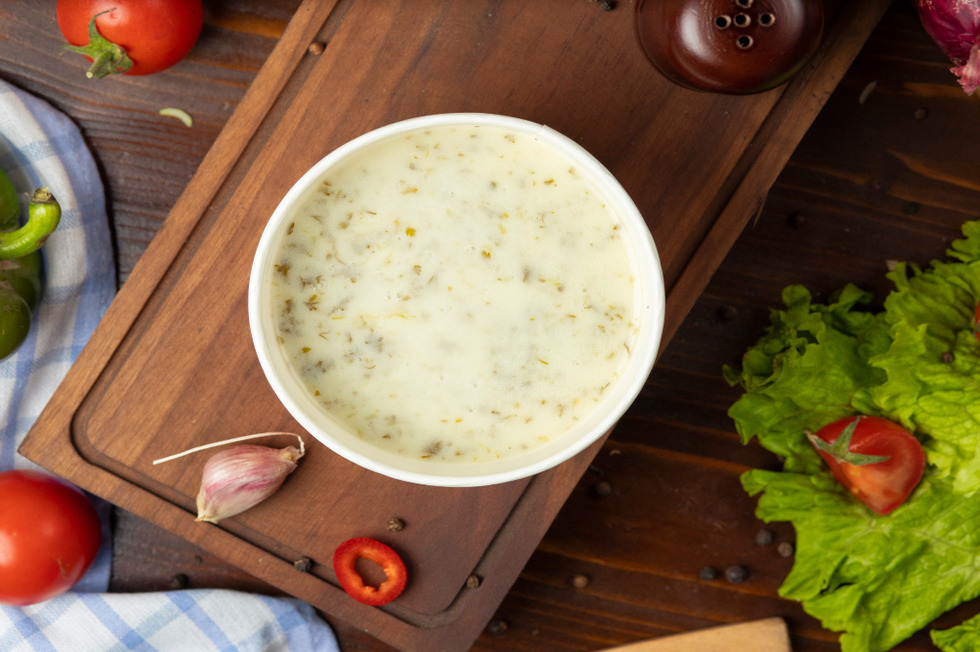 Pixabay
Pixabay
Salad Dressing
Eating salad is a step in the right direction, but when you smother your lettuce in store-bought dressing you’re not doing yourself any favors. “I have some clients who say they’ll only eat salad if they can use dressing. That can add a lot of calories, sodium, sugar, and saturated fat,” registered dietitian Kathy McManus, director of the Department of Nutrition at Harvard-affiliated Brigham and Women’s Hospital tells Harvard Health. If you’re going to add flavor to your salad, stick with olive oil and vinegar, a squeeze of lemon or a splash of hot sauce.
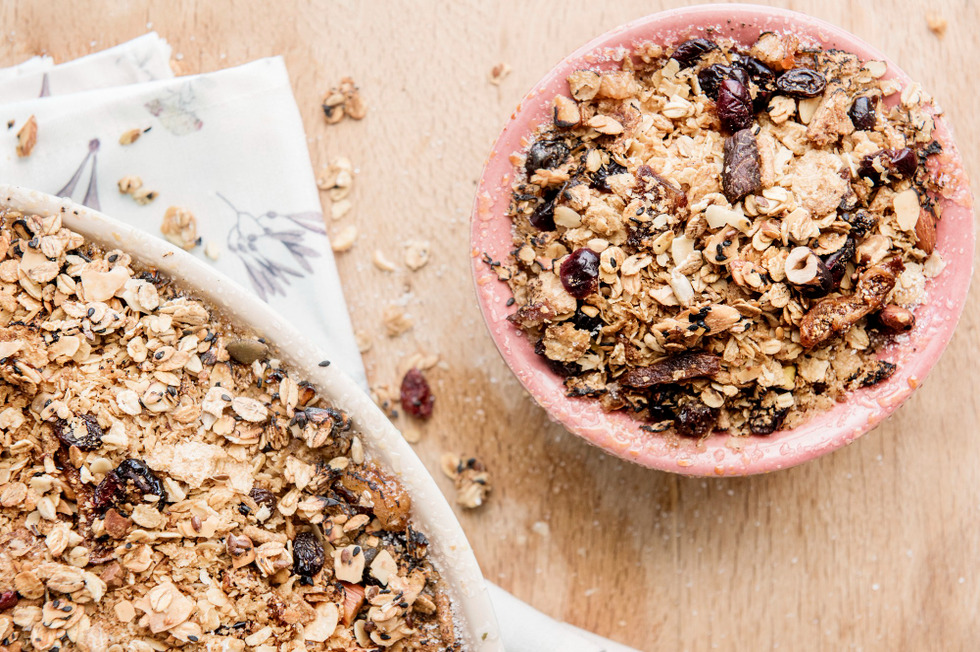 Pixabay
Pixabay
Granola
Whether you’re noshing on bars or mixing loose granola with fruit and yogurt, you probably think you’re losing weight just by chewing. You would be wrong. “Although you may think starting your day with a bowl of granola is the healthy thing to do, the calories can easily add up to over 600 calories, just at breakfast,” Toby Amidor, MS, RD, nutrition expert and author of the Greek Yogurt Kitchen,tells Reader’s Digest. Granola bars can be even higher in sugar and contain additional additives and preservatives that do a body bad. If you can’t live without your mid-day granola bar, experts at MSN suggest reading the nutrition labels and looking for bars with less than 5 grams of saturated fat and no more than 10-15 grams of sugar.
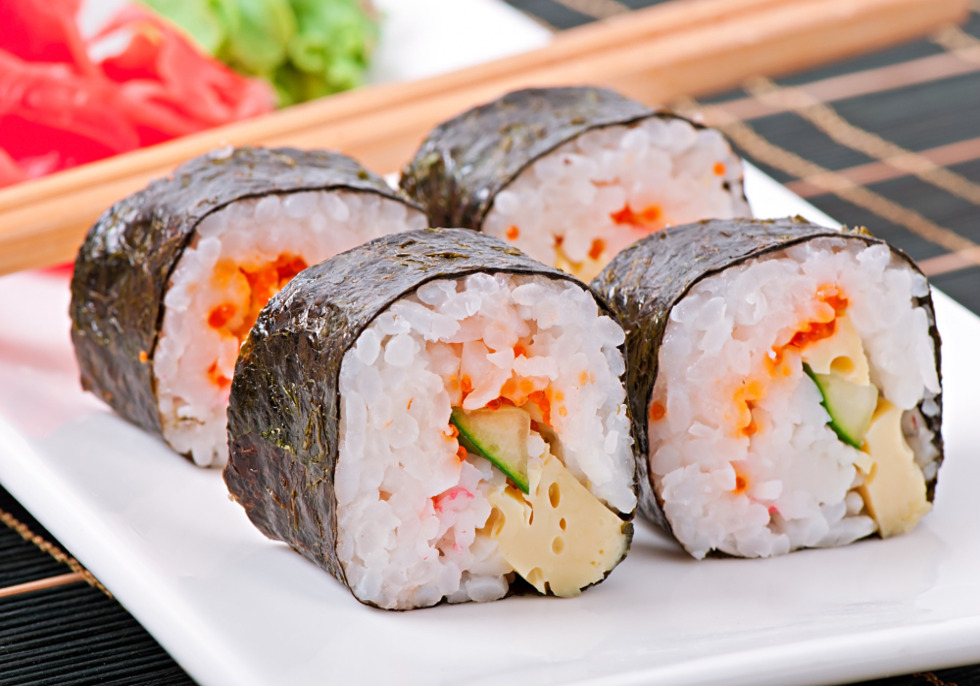 Pixabay
Pixabay
Sushi Rolls
While sushi-grade fish is loaded with nutrients, sushi rice is high in carbs and often contains added sugar for a flavor kick. “On average there is one tablespoon of sugar for each cup of cooked sushi rice,” according to Livestrong. “White rice digests quickly and causes a spike in blood sugar that leaves you hungry shortly after eating.” More bad news: Rolls already come packed with sodium but that extra soy sauce can spike sodium content, causing bloating and unwanted water weight. Skip the sauce and order sashimi sans white rice if you want to maximize the benefits of your meal.
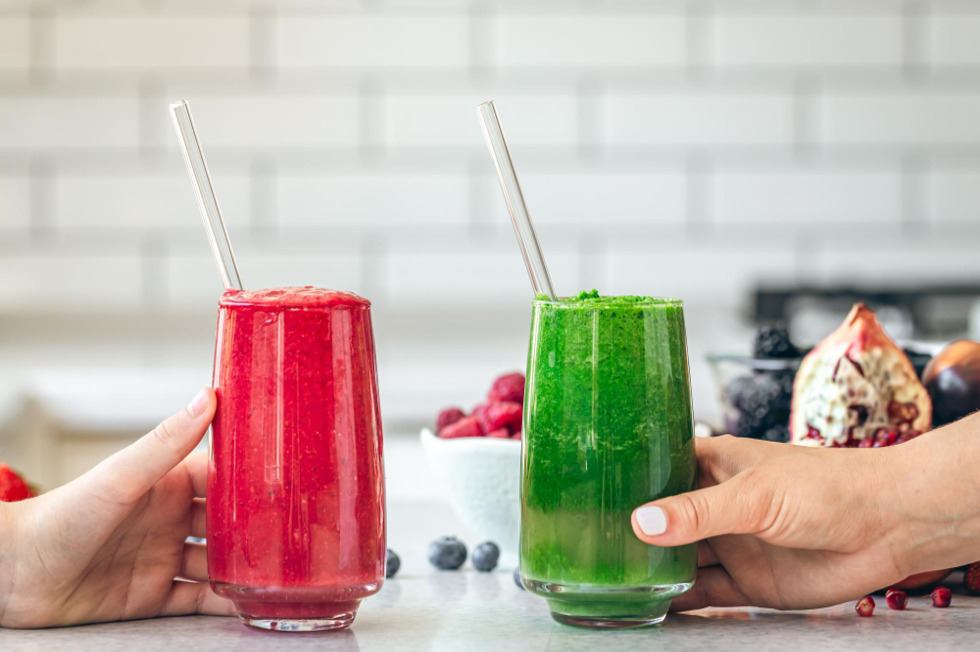 Pixabay
Pixabay
Smoothies
They may seem like the ultimate diet meal, but with unregulated portions and loads of ingredients, the calories can add up. “Don’t assume that one package or one bottle is one serving,” clinical dietician Leah Groppo tells Prevention. Instead, she advises creating your own portion controls by slurping the goodness down with a spoon rather than a straw. Another tip? Go big on the veggies rather than the fruits as they’re higher in fiber and lower in fructose.
When it comes to healthy dieting, it’s one big learning process. The more you know, the better equipped you are to make the right choices and the happier you’ll be with the results.




